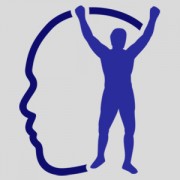MESSAGE #1021 WHAT CHAMPIONS DO IN PRACTICE…
Today’s message is especially dedicated to the great Didi Fisher Weinreb.
What determines if a player becomes a champion?
Part of it is practice.
A lot of practice. 10,000 hours in fact, according to most performance experts.
But practice does not make perfect.
Perfect practice makes perfect. Some call it “deliberate practice” or “purposeful practice.”
Either way, the road to becoming a champion needs the following ingredients:
1. A lot of practice (20 hours per week for 10 years = 10,000 hours).
2. Practice sessions must focus on progress (instead of results).
3. Practice sessions must be focused on improving your weaknesses (AND improving your strengths).
“When most people practice, they focus on the things they can do effortlessly. Expert practice is different. It entails considerable, specific ,and sustained efforts to do something you can’t do well – or even at all. Research across domains shows that it is only by working at what you can’t do that you turn into the expert you want to become,” said psychologist, S.W. Tyler.
Matthew Syed says that “…the practice sessions of aspiring champions have a specific and never-changing purpose: progress. Every second of every minute of every hour, the goal is to extend one’s mind and body, to push oneself beyond the outer limits of one’s capacities, to engage so deeply in the task that one leaves the training session, literally a changed person.”
How will YOU practice today?

